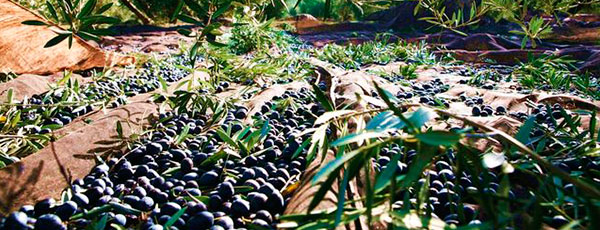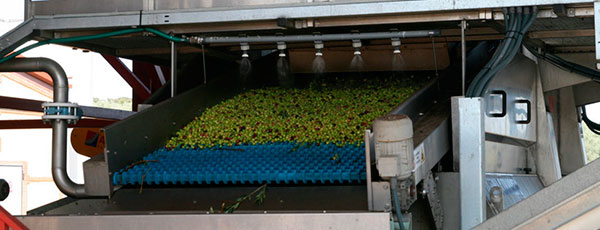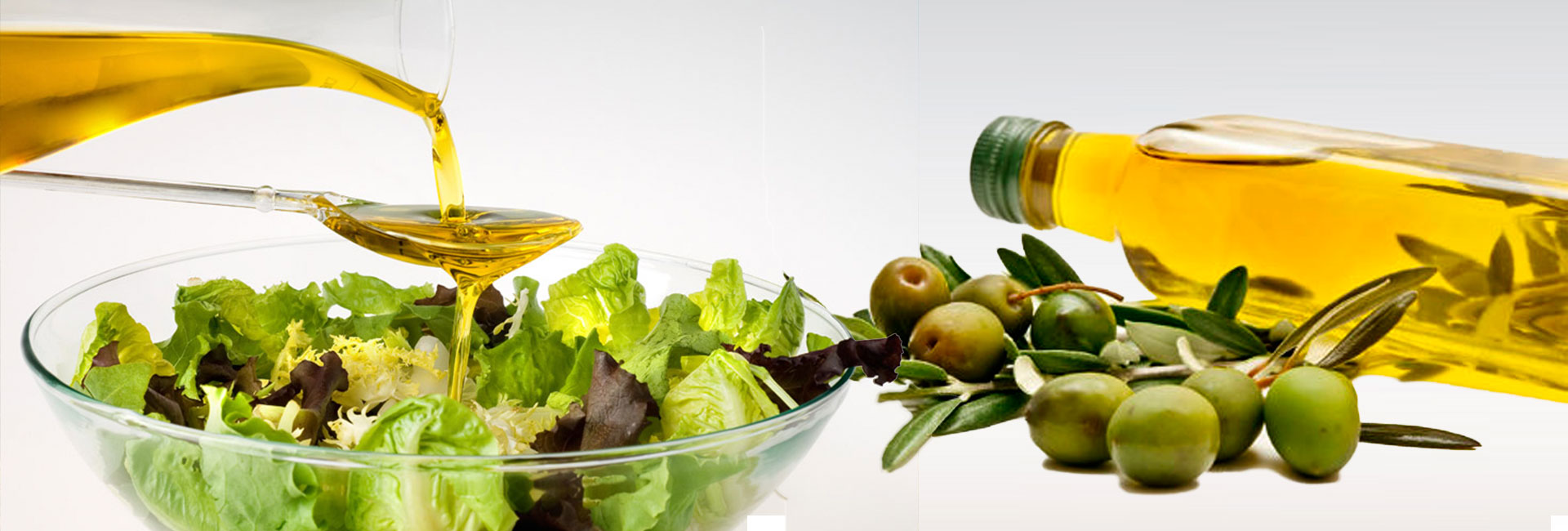Olive oils
History
The olive tree, Olea Europaea, was introduced onto the Iberian peninsula by Phoenicians and Greeks in about the first centuries BC. The Romans extended olive cultivation and improved oil production techniques. Oil trading -mainly by sea- played an important role in the development of the Mediterranean economy. Oils from Hispania, the largest supplier of this precious liquid, were considered to have the best quality and were normally consumed in Rome and many other parts of the empire.


Elaboration
The olive tree is typical of the Mediterranean area as it needs a lot of sun and a climate characterised by mild winters, rainy autumns and springs, and warm, dry summers.
Spain: World Leader
Olive tree cultivation originated in the Middle East more than 5,000 years ago and spread to the West throughout the Mediterranean area. From the wild olive trees that grew spontaneously, the first cultivators of the Iberian Peninsula began to choose those that had the best characteristics depending on the areas, productivity, adaptation to the soils, yield, etc...
As the leading olive oil producing country, Spain protects its oil types and currently has 31 protected designations of origin, and many others are in the process of being recognised. The DO label defines the origin of the oils and the varieties used. It guarantees the production and transformation of the product in its geographic areas.












































